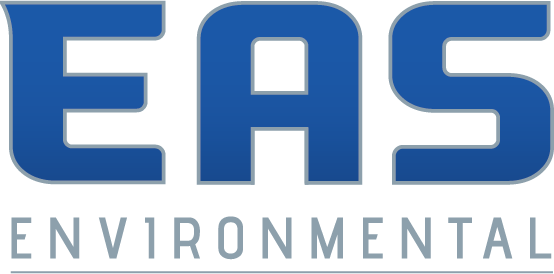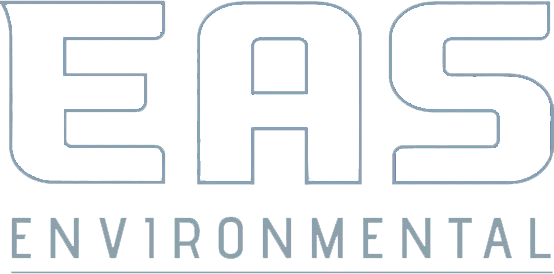
In this series, we'll explore the essential role that crawl space dehumidifiers play in maintaining optimal moisture levels and air quality within your home's crawl space. From understanding the key features to look for when choosing the right dehumidifier to exploring expert insights on installation and maintenance, join us as we delve into the world of effective crawl space moisture control for a healthier and more comfortable living environment.
Key Considerations for Choosing the Best Crawl Space Dehumidifier
Selecting the best crawl space dehumidifier requires careful consideration of various factors to ensure that your investment effectively addresses moisture issues and promotes a healthier environment. First and foremost, consider the size of your crawl space – dehumidifiers are available in various capacities, and choosing one that matches the dimensions of your space is crucial for optimal performance. Additionally, look for dehumidifiers with features such as automatic humidity control, continuous drainage options, and energy efficiency ratings to ensure efficient and hassle-free operation.
It's also
essential to factor in the humidity levels in your crawl space and the climate in your region. If your crawl space experiences consistently high humidity, you might need a more powerful dehumidifier. Conversely, in milder climates, a less powerful unit might suffice. Don't overlook the noise level of the dehumidifier, especially if your crawl space is located near living areas. By carefully evaluating these key considerations and matching them to your specific crawl space conditions, you can choose the best crawl space dehumidifier that effectively combats moisture, prevents mold growth, and promotes a dry and healthy environment.
Benefits of Investing in the Best Crawl Space Dehumidifier for Your Home
Investing in the best crawl space dehumidifier can yield a multitude of benefits that extend far beyond moisture control. Firstly, a high-quality dehumidifier helps prevent the growth of mold, mildew, and other moisture-related issues that can compromise your home's structural integrity and air quality. By maintaining optimal humidity levels, you're not only safeguarding your property but also creating a healthier living environment for you and your family.
Furthermore, a well-chosen crawl space dehumidifier contributes to energy efficiency by reducing the workload of your heating and cooling systems. When humidity levels are balanced, your HVAC systems operate more effectively, resulting in potential energy savings. Additionally, the improved air quality resulting from controlled humidity can alleviate respiratory issues and allergies, leading to a more comfortable and healthier lifestyle. Ultimately, investing in the best crawl space dehumidifier is an investment in the well-being of your home, your loved ones, and the longevity of your property.
Expert Advice on Choosing and Using the Best Crawl Space Dehumidifier
When it comes to choosing and using the best crawl space dehumidifier, seeking expert advice can provide invaluable insights to ensure optimal results. Experts recommend considering factors like the size of your crawl space, local climate conditions, and the dehumidifier's capacity before making a decision. Additionally, they stress the importance of selecting a dehumidifier with features such as automatic humidity control, continuous drainage options, and energy efficiency to ensure efficient and convenient operation.
Expert advice doesn't stop at the selection phase – it also extends to proper installation and maintenance. Professionals emphasize the significance of positioning the dehumidifier in a central location within the crawl space to ensure even moisture control. Regular maintenance, such as cleaning the filter and checking drainage systems, is crucial to maintain the dehumidifier's effectiveness. By heeding expert advice throughout the entire process, from choosing the right unit to proper usage and maintenance, you can confidently harness the benefits of the best crawl space dehumidifier for a drier, healthier living environment.
FAQs
Contact EAS Environmental Today!
EAS Environmental will do everything we can to ensure your experience with us is excellent.
Request A FREE Estimate
Request a Free Estimate Form
Checkout Recent Post

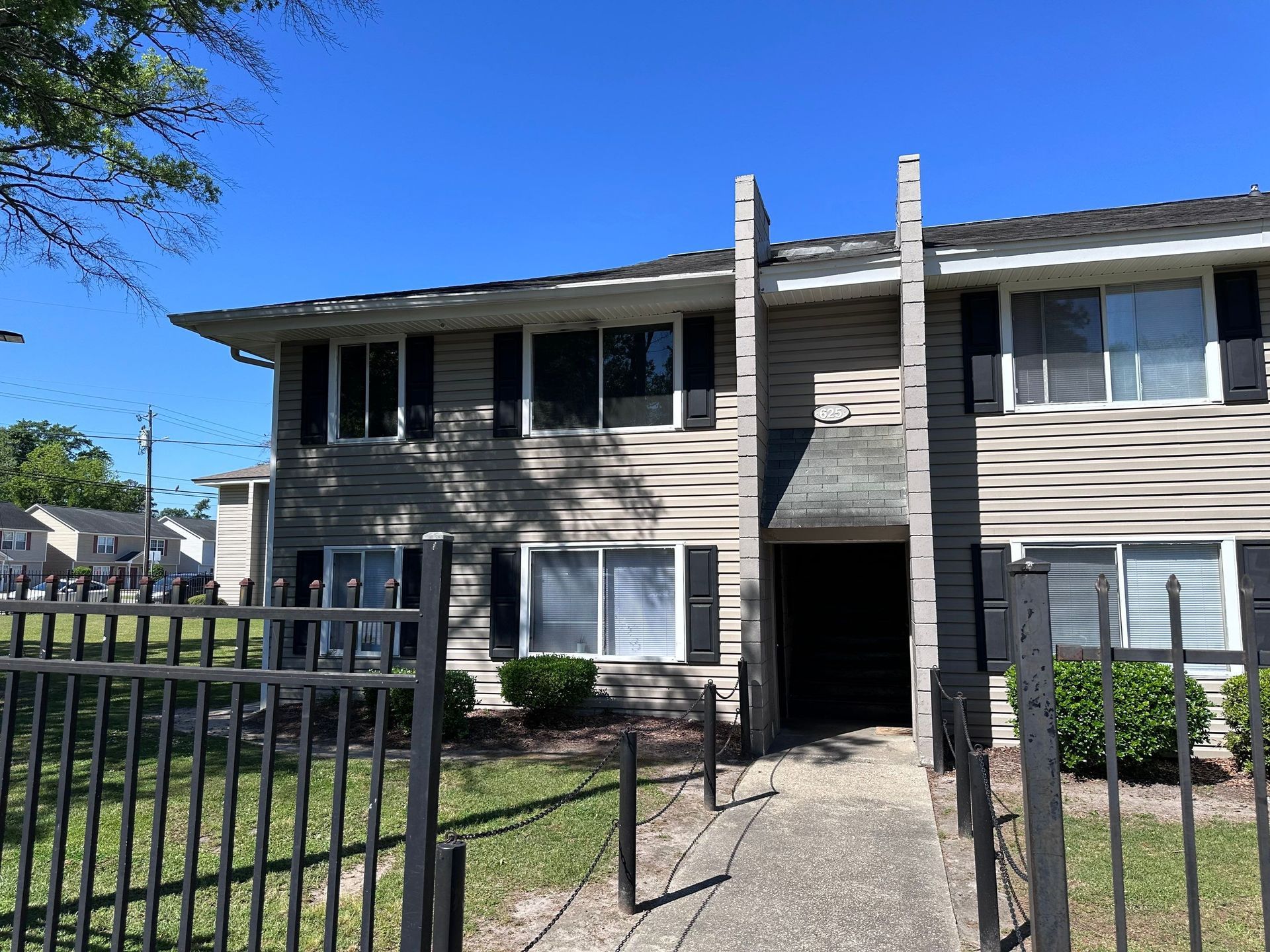
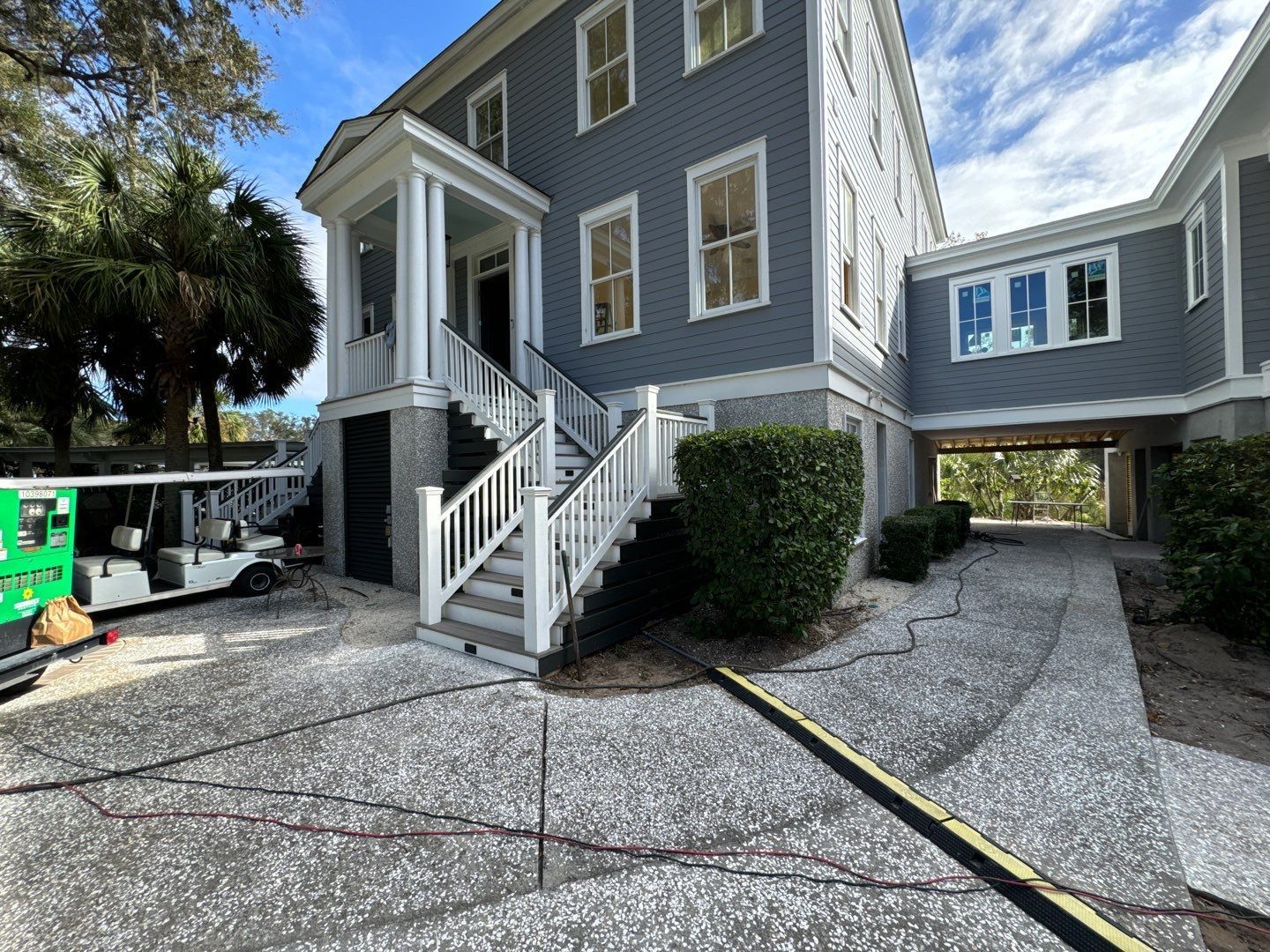
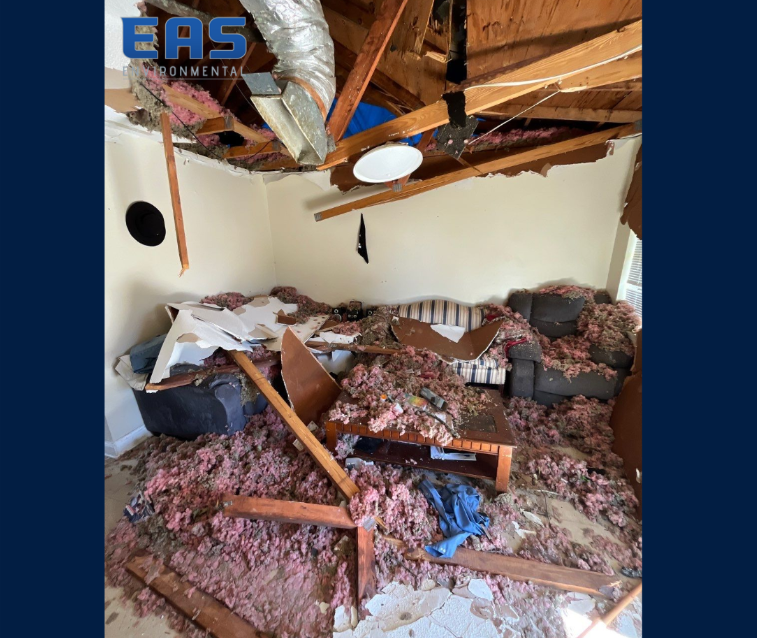
Got a Question? We’re Here to Help.
You can arrange an appointment or make an enquiry by phone or email, orget in touch to us via our contact form.
